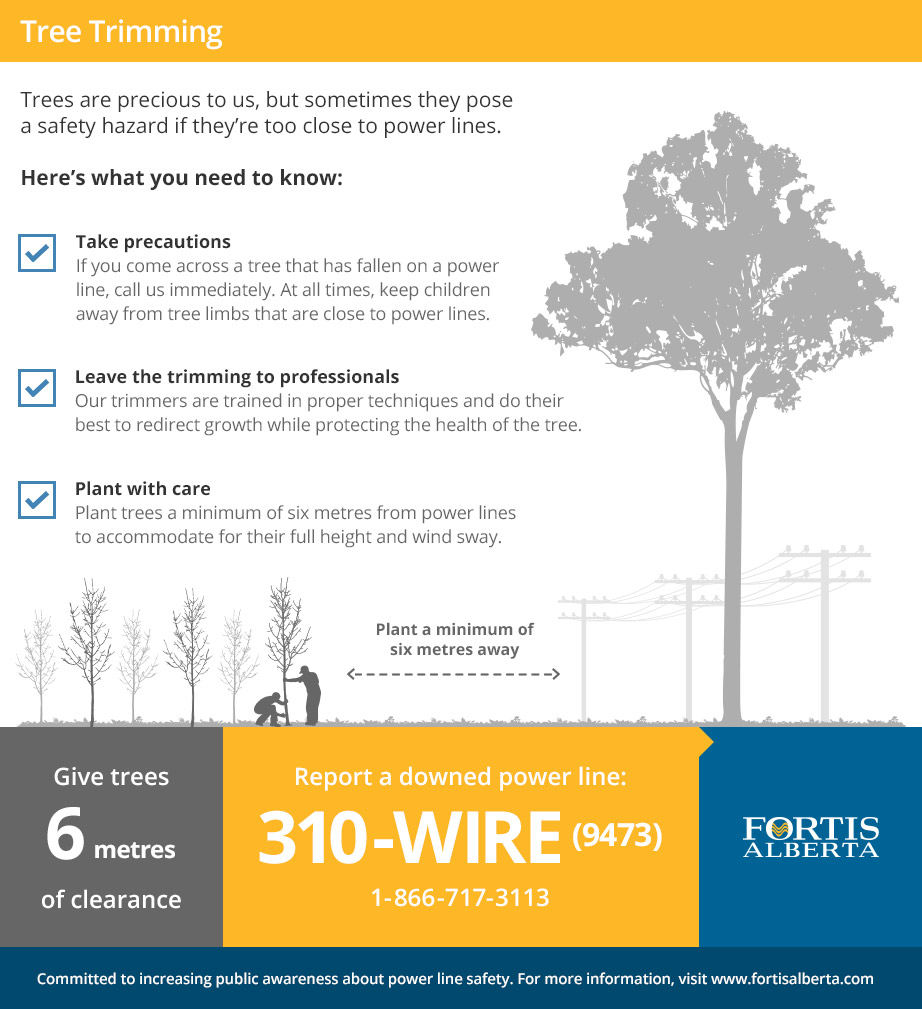Tree Care Throughout The Seasons: Best Practices For Handling Trees Prior To And Following Removal
Tree Care Throughout The Seasons: Best Practices For Handling Trees Prior To And Following Removal
Blog Article
Writer-
When it involves seasonal tree care, making sure correct administration prior to and after elimination can dramatically affect the health and wellness and appearances of your landscape. By understanding the necessary steps associated with examining tree health and wellness and planning for removal, you can proactively protect your home. Yet what concerning the important methods to comply with when the tree is gone? Keep tuned to uncover the essential post-removal care measures that will certainly aid you cultivate a successful and sustainable setting for your trees.
Pre-Removal Tree Treatment
Prior to resolving the elimination of a tree, it's important to focus on pre-removal tree care. Beginning by evaluating the tree's health and wellness and structural stability. Try to find indicators of disease, parasite problems, or any type of structural problems that might position a safety and security hazard during removal. It's essential to consult with a certified arborist to identify the most effective course of action.
Pruning dead or infected branches can avoid more damages to the tree and guarantee a smoother removal procedure.
Furthermore, take into consideration the ecological impact of getting rid of the tree. Trees play an important role in our community, so growing a new tree in an ideal place can help balance out any kind of loss. Make sure that you have the essential licenses and authorizations for tree elimination, specifically if the tree is secured by local laws.
Seasonal Maintenance Tips
Assessing your tree's requirements throughout the year is crucial for its health and wellness and long life. To maintain your trees in leading problem, adhere to these seasonal maintenance tips.
In springtime, focus on trimming to get rid of dead or broken branches and encourage brand-new growth.
Summer season calls for routine watering, particularly throughout dry spells, to guarantee your tree remains hydrated.
As loss strategies, watch out for very early signs of disease or tension, and take into consideration applying compost to secure the origins during winter.
In wintertime, be cautious when removing snow from branches to avoid breakage, and continue to check your tree's overall health.
Keep in mind to change your treatment routine based upon the specific requirements of your tree species and neighborhood climate. By remaining conscientious and proactive throughout the seasons, you can assist your trees prosper and thrive for many years to come.
Post-Removal Tree Treatment
To ensure the health and wellness of your landscape also after tree removal, proper post-removal treatment is important. After a tree is gotten rid of, it's crucial to fill the remaining opening with topsoil and portable it to stop settling. This will certainly aid maintain the honesty of the ground and stop potential threats in the future.
Take into consideration planting new greenery instead of the removed tree to restore the equilibrium and visual appeals of your landscape. Regularly water the area to advertise the growth of new plants and stop dirt erosion.
Evaluate the bordering trees for any kind of indicators of condition or anxiety that may have been triggered by the removed tree. Watch out for pests that may've been brought in to the previous tree and take preventive measures to protect the remaining plants.
If needed, consult with https://www.santacruzsentinel.com/uc-santa-cruz-arboretums-creative-adaptations to examine the effect of the removal on the bordering trees and figure out any extra care required. By adhering to these post-removal treatment actions, you can guarantee the continued health and wellness and elegance of your landscape.
Verdict
To conclude, positive seasonal tree care is important for preserving the health and wellness and equilibrium of your landscape. By assessing tree health, trimming, and consulting with an arborist prior to removal, you can ensure a risk-free process. After elimination, filling up the hole, planting new vegetation, and routine watering will certainly promote brand-new development and stop disintegration. Remember to check surrounding visit the site for disease and look for further care steps from an arborist to maintain your landscape thriving.
